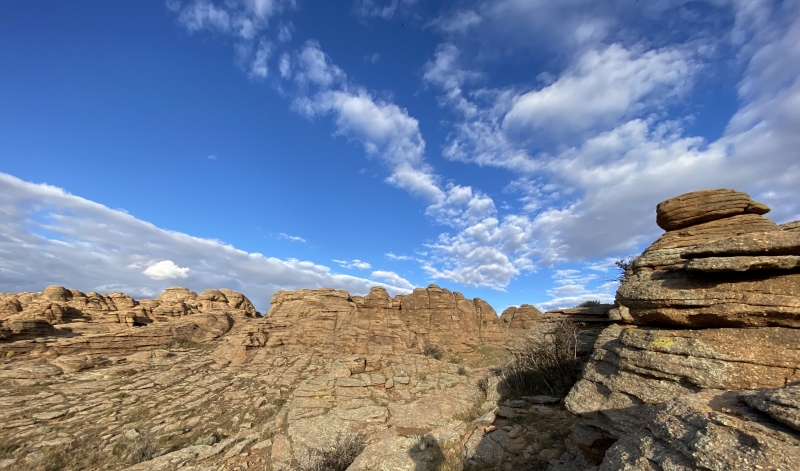THE WEATHER

Mongolia is the sunniest country in the world, but the capital, Ulaanbaatar, is also the coldest capital in the world. An extreme continental climate is characterized by long, very severe winters and short but warm summers. The transition periods are short and rarely last more than four to five weeks. It only gets warmer in Mongolia in mid-April, and at the end of May, the daytime temperatures usually reach around +14 degrees Celsius. Although the travel season begins here, it is still cool at night, and temperatures around the freezing point must be expected. The period between mid-June and the end of August is the most pleasant time to travel, with lots of sunshine and little rain. The maximum daily temperatures are mainly between +25 and +28 degrees Celsius, and at night the temperatures only drop to a mild +12 degrees Celsius. It will be rainy in mid-August. Already in the first half of September, there are night frosts, although the daily temperatures are still on average +10–+15 degrees Celsius.
THE BEST TIME TO TRAVEL TO MONGOLIA IS ANYTIME!
Although summer (June, July, and August) is designated the best time, nevertheless, the rest of the seasons all have their own beauty. Summer temperatures range from +20 to +26 degrees Celsius. Because of the rainfall, the landscape is green. Quite the opposite of summer, winter in Mongolia is like a fairyland. Forest+snow+white+reindeer or horse-drawn sleigh, even dog sled+the Mongolian ethnic group's special culture We recommend traveling north in winter, when the reindeer herders live with their reindeer in the forest.
The Best Season for Gobi Desert Tours: Late May to October is the shoulder season.
From June to September is the best season to travel to Central, East, West, and North Mongolia.
JANUARY-FEBRUARY: February is the best time to experience the Chinese New Year White Moon Festival (Tsagaan Sar) and Mongolia's winter season. The festival is a symbol of the renewal of man, nature, openness, purity of thought, hope, and reasonable expectations. It is the most important holiday for the Mongolians, which refers to the beginning of the new year according to the lunar calendar. During Tsagaan Sar, families and relatives come together to greet one another and celebrate the festival together. It is also a way of introducing the newborns to their relatives. Everyone gathers to welcome the elders of their families on the first day of Tsagaan Sar.
MARCH: March means "ALL-INCLUSIVE" because 3 different and interesting festivals take place in a row. They are the "Ice Festival" at Lake Khuvsgul in northern Mongolia, the "Golden Eagle Festival" in Ulaanbaatar, and the "A Thousand Camel Festival" in South Mongolia.
JULY: Naadam is the national festival of Mongolia and is held annually from July 10th to 13th. It is mainly a sporting event similar to the Olympic Games. Mongolians compete in three traditional Mongolian sports: wrestling, archery, and horse racing.
OCTOBER: The first of October is an opportunity to visit the Golden Eagle Festival in western Mongolia. The Mongolian Kazakhs hold one of the most spectacular and oldest events called Golden Adler Fest/Eagle Hunting, which is recognized as an Intangible Cultural Heritage by UNESCO. Kazakhs are nomads who train golden eagles for hunting to show whose eagles are the most adept at capturing prey and following their owners' bidding.
NOVEMBER: In November, you have the opportunity to experience the equestrian culture of the nomads up close. The "Winter Horse Festival" is organized annually in November. Various competitions involving horseback riding are held, and there is even an opportunity to participate.



